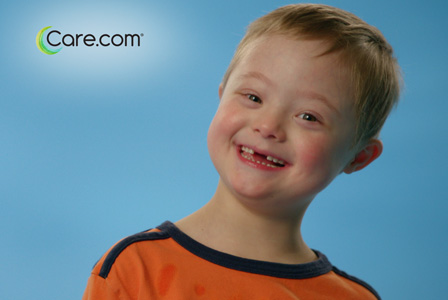This advice-column-style blog for SLPs was authored by Pam Marshalla from 2006 to 2015, the archives of which can be explored here. Use the extensive keywords list found in the right-hand column (on mobile: at the bottom of the page) to browse specific topics, or use the search feature to locate specific words or phrases throughout the entire blog.
Training the Eye to See Potential Oral Motor Problems
By Pam Marshalla
A professor wrote me several years ago. She said she taught articulation and phonology, she had tenure, she did research in phonology, she supervised students, and she had published many articles. She said that she could not “see” the oral-motor problems I was talking about in my writing. She wanted to know what I had to say about that.
I wrote back and said that she could not “see” the OM problems I was talking about because she could not “see” the OM problems I was talking about. It was a sassy answer (my apologies) but I was serious.
One has to train the eye to see OM problems just as one needs to train the ear to hear phonemes. All SLPs learn to hear phonemes. Why aren’t they being taught to see oral movements?
I have pulled two pictures of boys with Down Syndrome off the Internet. I do not know these children, I have never met them, and I don’t know what their speech-language issues are. I do not mean to diagnose their problems from afar (that would be unethical).
But I can use them to make a point.
One of these boys looks like he has much poorer oral-motor skill. Can you see it? He looks like he has very low oral tone, head instability, jaw instability, cheek/lip instability, incorrect tongue stability, poorly differentiated oral movements, and gross oral movements. I also would guess that he has oral-tactile hyposensitivity (a total guess), and he looks like he has upper respiratory problems too.
The other boy has oral motor skills that look like they might be excellent. We don’t know this, of course, because we cannot hear him speak. But we can make an educated guess. This could just be the way he is and always has been, or it could be the result of excellent therapy.
If you cannot see that one of these children probably has speech movement skills that are worse than the other, then you simply have not trained your eyes to see what’s right in front of you. I think that this is the problem of people who complain about oral-motor. They cannot see, they have not been trained to see, and they refuse to see these patterns.
But they will someday, hopefully sooner than later.



Hello Pam,
My name is Marc Murai, and I am the father of Carter Murai, who is the young boy with Down Syndrome who’s image you show on the left hand side with the Care.com logo.
First of all, thank you so much for including Carter in your article. As much as my wife and I wish that we could take the credit for our sons exceptional oral stability and oral motor skills, we must let you know that he has been seeing Jennifer A. Francis, M.S., CCC/SLP here in Nashua, NH ever since the age of three.
As for his oral motor skills, Carter happens to be the very first person with Down Syndrome t o have a spoken line in a national television commercial. That commercial is for Care.com and can be found on their website at
https://www.youtube.com/watch?v=PSePXDMop-w&list=PL205F35F522E53CEA&index=10
We cannot say enough about how instrumental the work Carter did with Jennifer Francis (and continues to do) was in leading to this great achievement, not just for Carter himself, but for All individuals with Down Syndrome.
Btw… Jennifer Francis is the owner of SNH Speech Therapy and Learning Center http://www.nhtlc.com/ located in Nashua, NH. 🙂 Thank you again Pam!